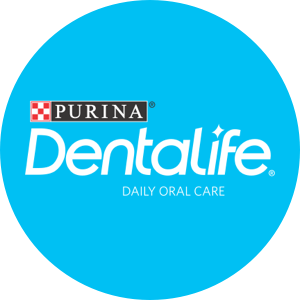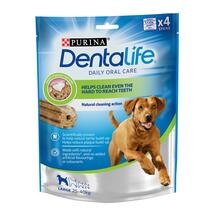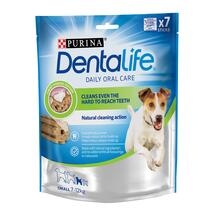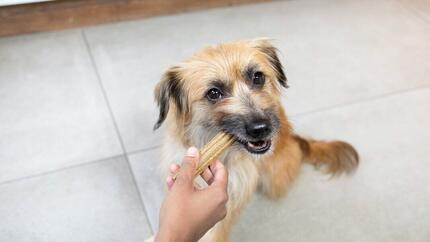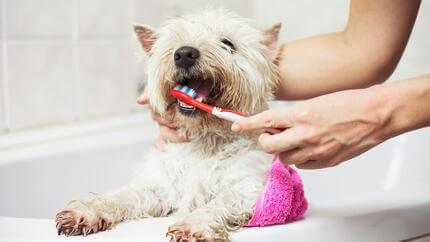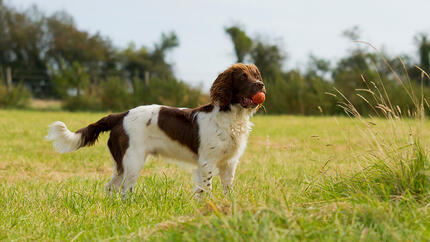
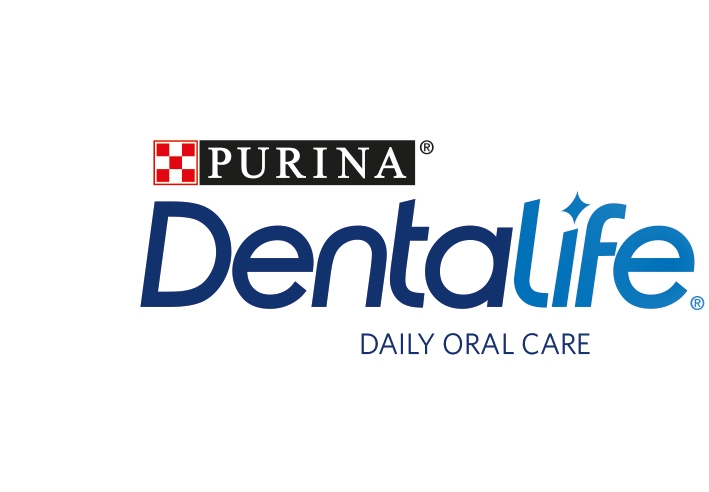
Ever wondered what your dog’s teeth look like? Take a look at our canine dental chart to explore dog teeth anatomy, the different types and what they’re used for.
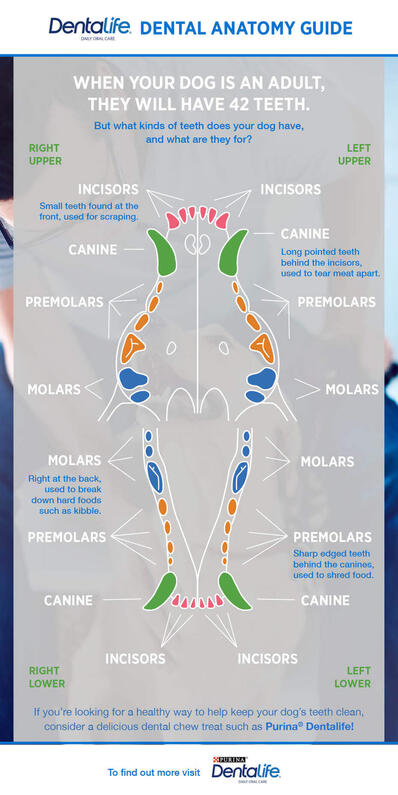
Now we have looked at the dog dental chart, let’s explore the types of teeth dogs have and their purpose.
How many teeth do dogs have?
An adult dog should have 42 teeth in total: that’s 20 on top of their jaw and 22 on the bottom. Take a look at our dog dental chart above to see how all 42 teeth are arranged.
Most dogs have the same number of teeth. However, they will have a different number of adult teeth compared to a puppy. Puppies will usually have a total of 28 teeth when all of their milk teeth have grown. That’s 14 in their upper jaw and 14 in their lower jaw.
If your adult dog does have fewer teeth than 42 it could be because they have lost or broken a tooth. This usually happens through carrying items in their mouth they can’t break, such as stones or thick sticks. If you have noticed your dog has a tooth broken or missing, we advise you contact your vet who should be able to help.
Types of dog teeth
Just like humans, dogs have a number of different types of teeth. These different teeth perform different jobs and help dogs to break down food whilst chewing. Every dog has the following types of teeth in their mouth:
If you look at the canine dental chart again, you will see the incisors, the small teeth found at the front of a dog’s mouth. They are used for scraping, as their shape makes them ideal for trying to scrape meat from bones. Dogs also use their incisors when grooming themselves. Dogs often try to remove fleas and ticks by nibbling at their coat and using their incisors to pick out and kill parasites.
Canines are the long and pointed teeth found towards the front of your dog’s mouth, behind the incisors on the dog dental chart. These teeth are used for tearing food such as meat apart. They are also used to lock on to an item a dog may have in its mouth, such as a bone or chew toy. Dogs grow four canine teeth, two on both the bottom and upper jaw.
Pre-molars are the sharp-edged teeth. If you look at the dog dental chart, you will find these behind the canines. They are usually used to chew and shred any food a dog may be eating. You may notice your dog chewing a meaty bone with the side of their mouth; this is so their pre-molars shred the meat away from the bone.
Molars are used to break down any hard foods that your dog has to chew. This includes dry dog kibble and dog biscuits. On the canine dental chart, these molars are found behind a dog’s pre-molars, and they are the furthest teeth back in a dog’s jaw.
If you’re looking for a healthy way to help keep your dog’s teeth clean consider a delicious dental chew treat such as Purina Dentalife. Each chew stick is not only a tasty treat, but it also helps to keep dogs’ teeth clean.
Next, find out more about how to clean your dog’s teeth with our tips on establishing an oral care routine.
Shop the Dentalife Dog range:
Related articles by Dentalife
